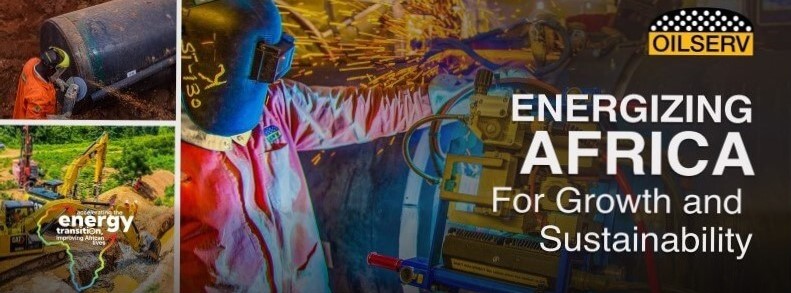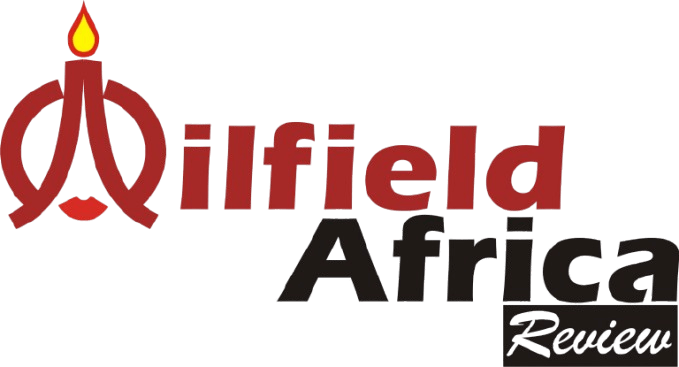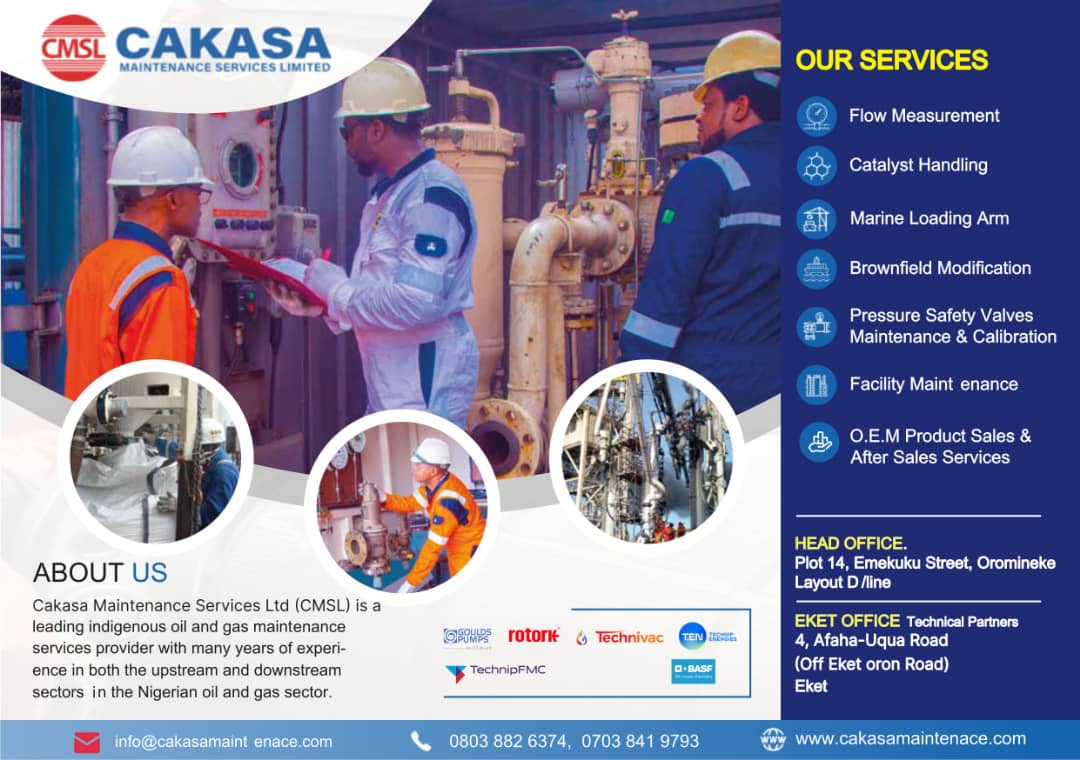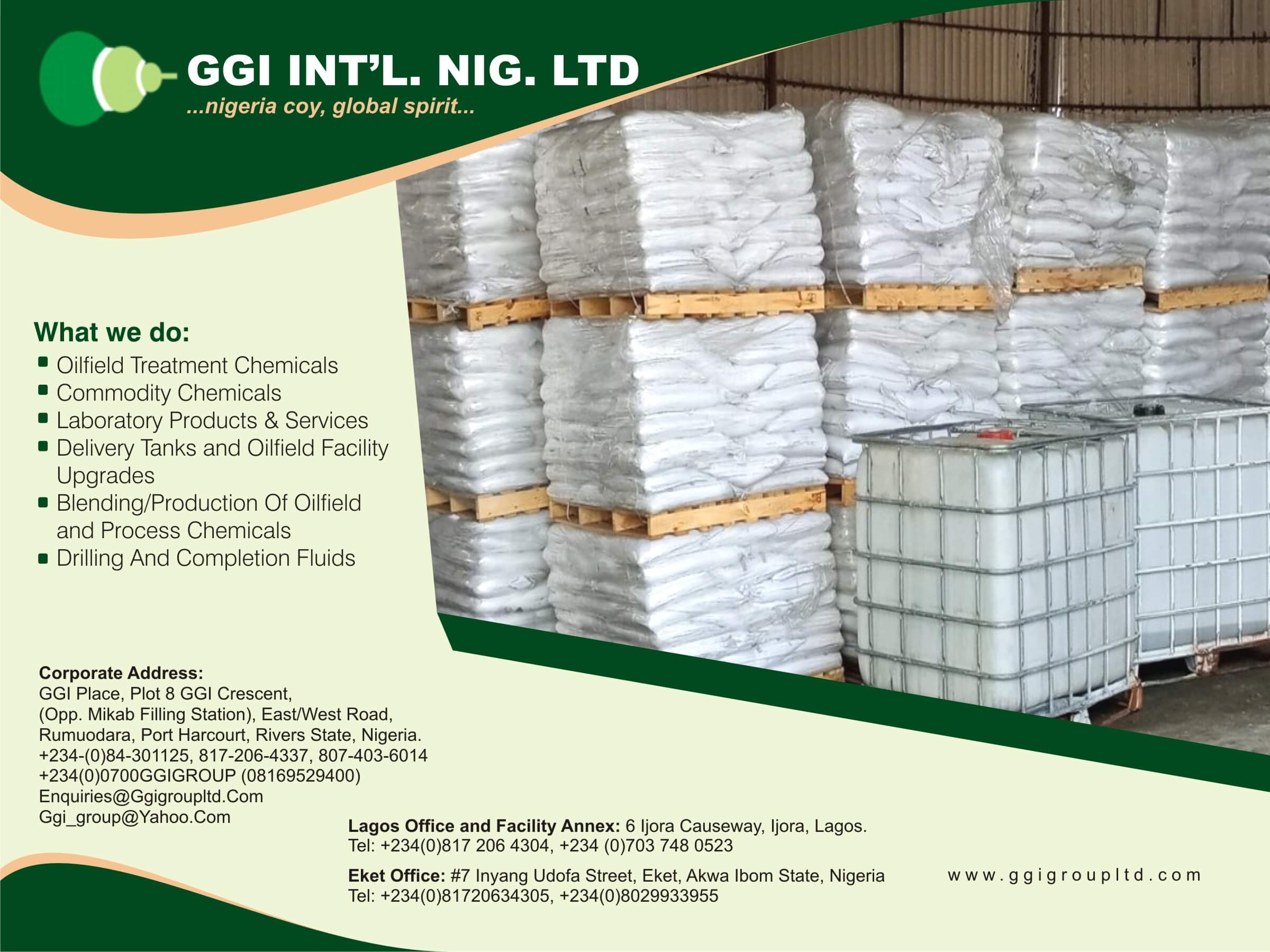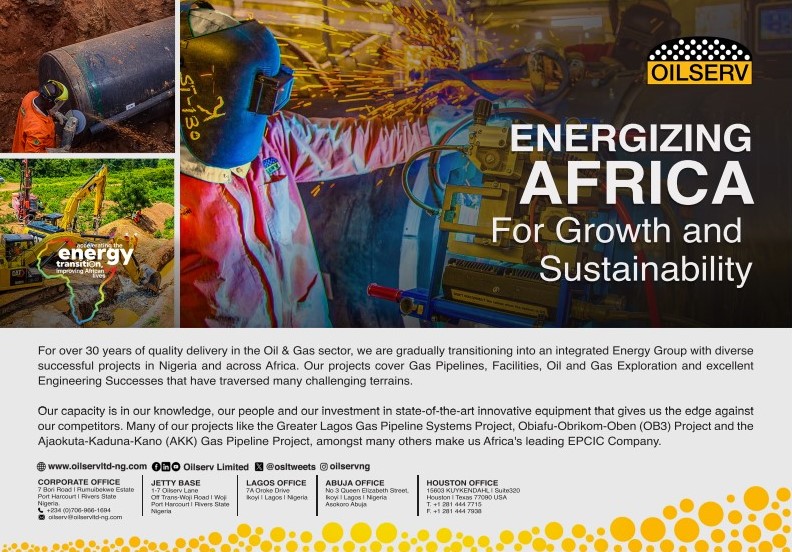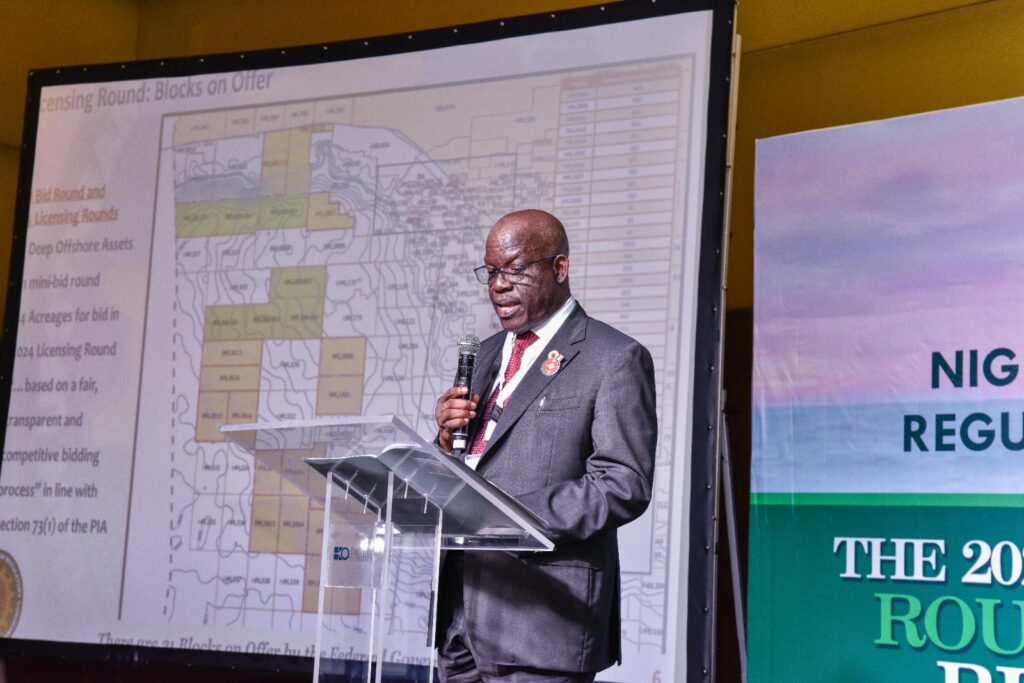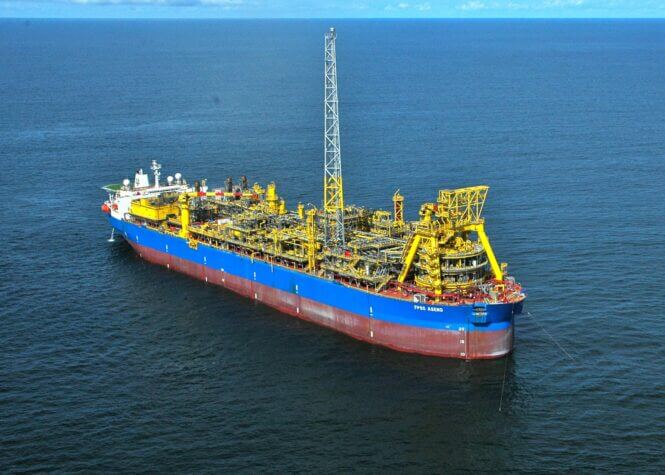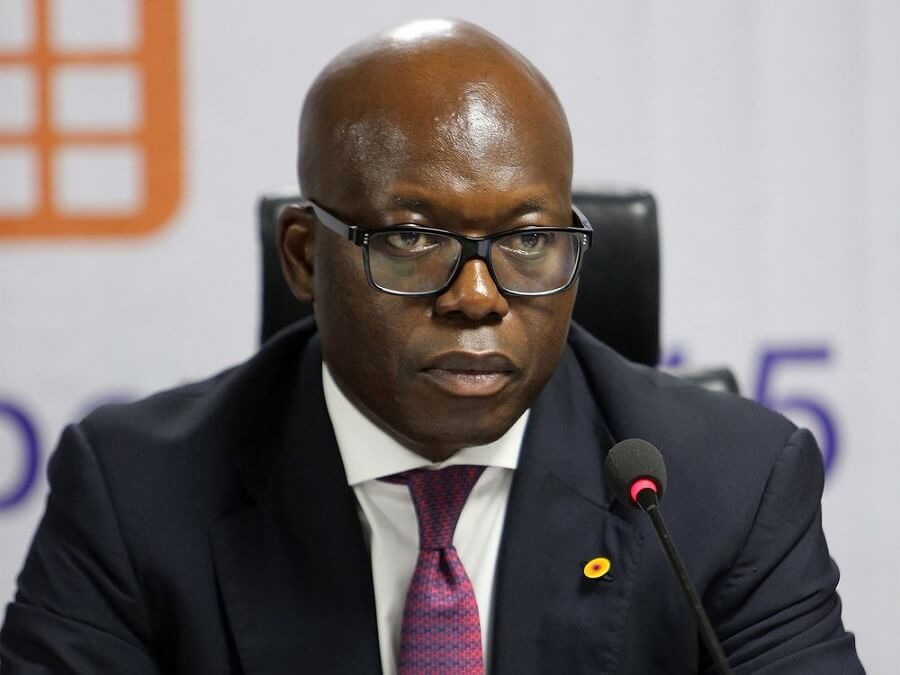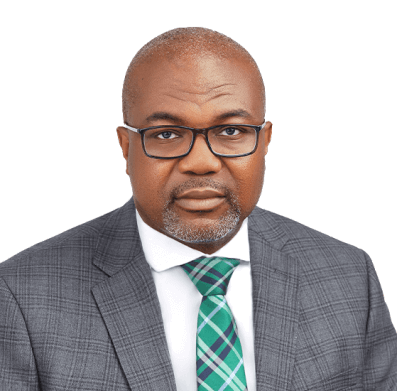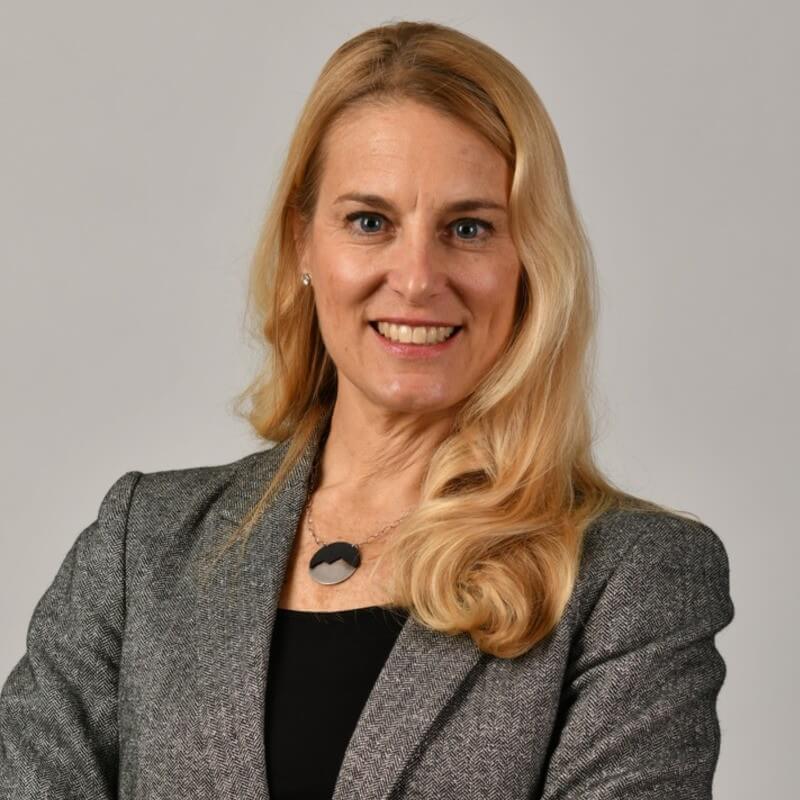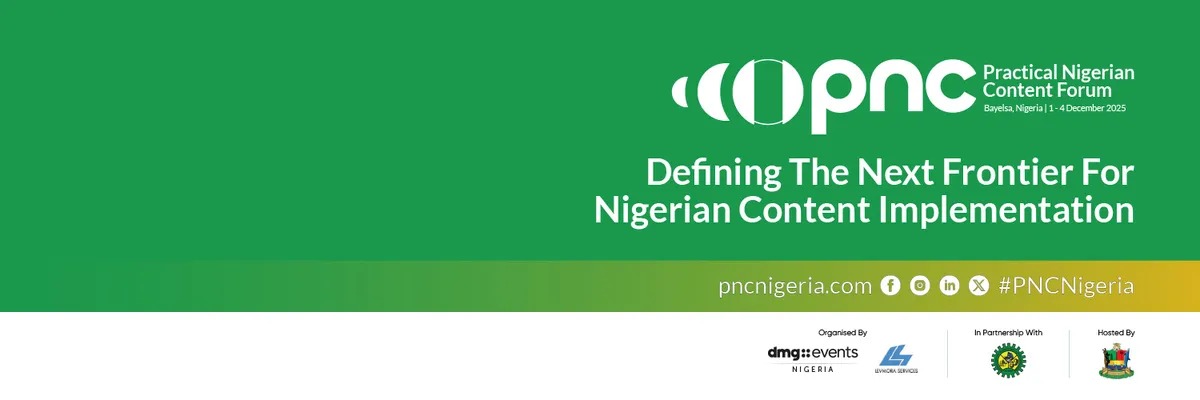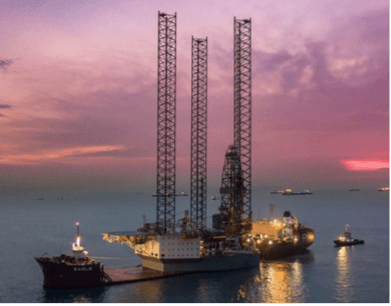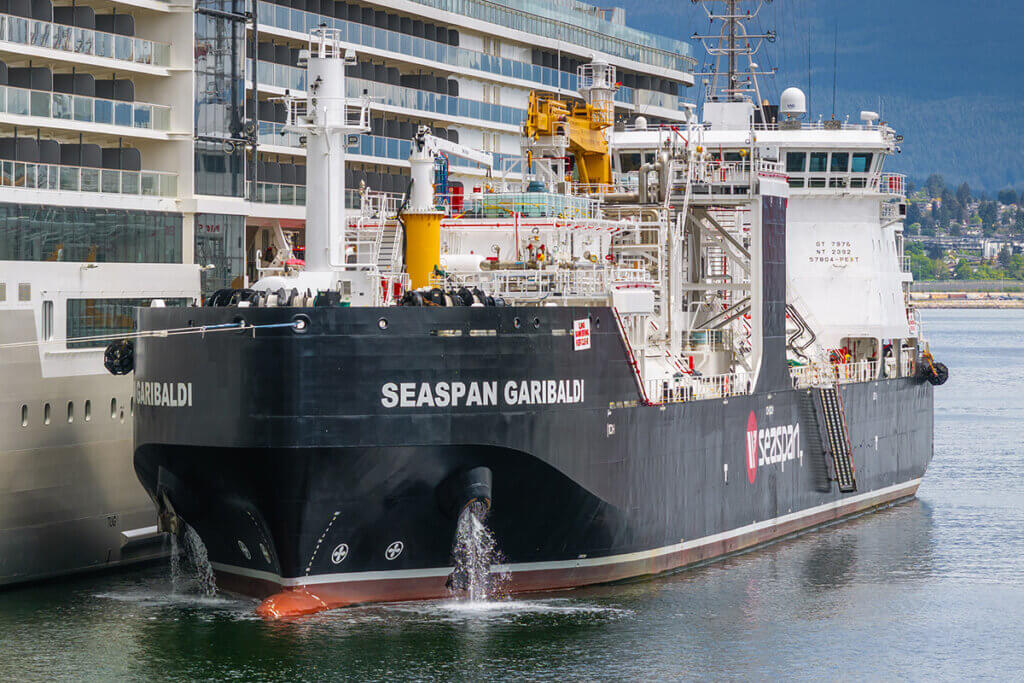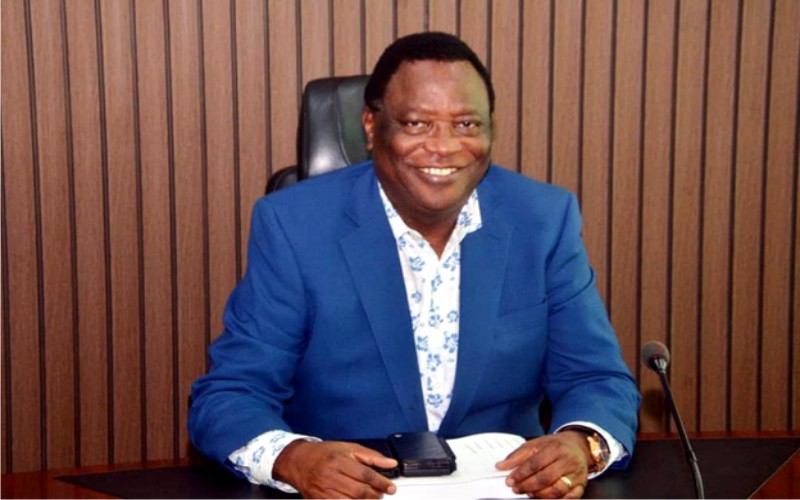
| The MSGBC Basin is an alphabetical formation given to the countries in the West African sub-region in which hydrocarbon basin resides, these countries are Mauritania, Senegal, Gambia, Guinea-Bissau and Guinea-Conakry. The MSGBC Basin has of recent seen as a focal point for African oilexploration through series of major world-class discoveries in Senegal and Mauritania. |
| To date, about 9 billion barrels of oil equivalent has been discovered in the region. In 2020, Oil and gas explorer Kosmos Energy said it had made one of the largest discoveries of natural gas in recent years in waters offshore Mauritania, where it sees the potential to extract 50 trillion cubic feet of gas. and with many nations launching their first major licensing rounds, exploration is set to increase exponentially in the coming decade and production will likely follow. Owing to lucrative hydrocarbons nature of the region, many of world giant exploration and production companies are presently and actively exploring, spudding and producing in the region.Some of these international oil E& P giants include namely, Australia-listed, FAR; supermajors Shell, TotalEnergies, Exxonmobil and bp;, London-listed, Harbour Energy (previously, Premier Oil); Norway’s PetroNor; Iraq’s Star Oil; China’s Addax Petroleum; Malaysia’s Petronas; America’s Kosmos Energy; Algeria’s Sonatrach; London-listed, Capricorn Energy and; Ireland’s Tullow Oil Success at Orca could create a BirAllah gas hub that could tie in with another one at Yakaar-Teranga on the Senegal side of the border. Both could be connected to Tortue, which straddles the maritime boundary between the two countries. Kosmos had planned to sell down its interest in the Mauritania-Senegal. “Orca-1, which we believe is the largest deepwater hydrocarbon discovery in the world so far this year, further demonstrates the world-scale quality of the Mauritania gas basin”. Basin by the end of the year 2020, but it will extend its timeline to 2020, “giving potential bidders additional time to analyze the new data”, a source from Kosmo posited. The volume of gas potentially trapped in the area is equal to around 8.9 billion barrels of oil equivalent, which could make it one of the largest hydrocarbon discoveries in the world since Italy’s Eni discovered the 30 tcf Zohr gas field offshore Egypt in 2015. With many nations are currently launching their first major licensing rounds, exploration is set to increase exponentially in the coming decade and production will likely follow. X-raying these countries according to analysis made by Energy Capital and Power. Mauritania Mauritania’s National Oil Company (NOC), La Société Mauritanienne des Hydrocarbures (SMHPM) has released a record 28 new offshore blocks for bidding this year, numbered 1 through 36 and surrounding the existing C-7, C-8, C-10, C-12, C-15 and C-31 blocks operated by bp, Capricorn Energy, Shell and TotalEnergies. The country’s known megafinds include over 20 trillion cubic feet (tcf) of natural gas in C-8’s BirAllah and Greater Tortue Ahmeyim (GTA) fields. Senegal Senegal’s Ministry of Petroleum and Energy launched its first major offshore licensing round with twelve blocks in early 2020, set to be followed by a second potentially larger round this year whose details await announcement– likely by the end of July. A regional industry leader, Senegal has seen over 160 exploration wells drilled with a hydrocarbons sector stretching back to the mid-1980s. Its notable reserves discovered in the past decade include 500 million barrels of oil at Woodside’s Sangomar field, 15 tcf of natural gas at bp’s GTA (shared with Mauritania), and 20 tcf of natural gas at bp’s Yakaar-Teranga. The Gambia The Gambia is approaching its second major licensing round – six blocks are already active, to be followed by five offshore blocks and two onshore blocks set for release this year. Bidding for these new blocks is expected to see interest from international megafirms following the announcement by FAR of a potential 1.5 billion barrels of oil unearthed in Gambian blocks A2 and A5, earlier this year. FAR is currently farming down its stake in this discovery, further opening up the field. Guinea-Bissau Guinea-Bissau’s Ministry of Energy, Industry and Natural Resources has recently opened up five blocks for bidding, under a special deep water tender round – noting that the Basin’s largest oil reserves in Senegal and The Gambia have been discovered in these comparable deep-water zones. Since national law states that no single operator may operate more than three blocks domestically, this development flags a key opportunity for a diversification of the current slate of oil majors in-country, across its 11 active blocks. Whilst early-stage drilling has not revealed any mega reserves to date, both oil and gas are known to be present, with fields mapped containing up to 100 million barrels of oil. Guinea-Conakry The most nascent player in the region’s hydrocarbons surge, Guinea-Conakry has seen five wells drilled to-date with no commercially viable oil or gas uncovered. However, with bidding terms being finalized on a 22-block licensing round, the country is now positioned for growth in partnership with a suite of megafirms currently entering the country to continue HyperDynamics and TotalEnergies’ earlier works. Under Precept 3 of the nation’s Natural Resource Charter, renewed exploration is a key priority for Guinea-Conakry, having already doubled its national petroleum budget in 2019, as a promising move towards expanding beyond the 55,000km2 territory, already covered. |
The area off Mauritania and its neighbor Senegal in West Africa is one of the most-watched basins in the world for gas drilling and has attracted investments from companies such as Australia’s Woodside Energy and BP. The find established the basin as “world class”, suggesting there may be further significant discoveries to be made. If exploited, such discoveries could transform the economies of both nations, bringing much-needed revenues.
